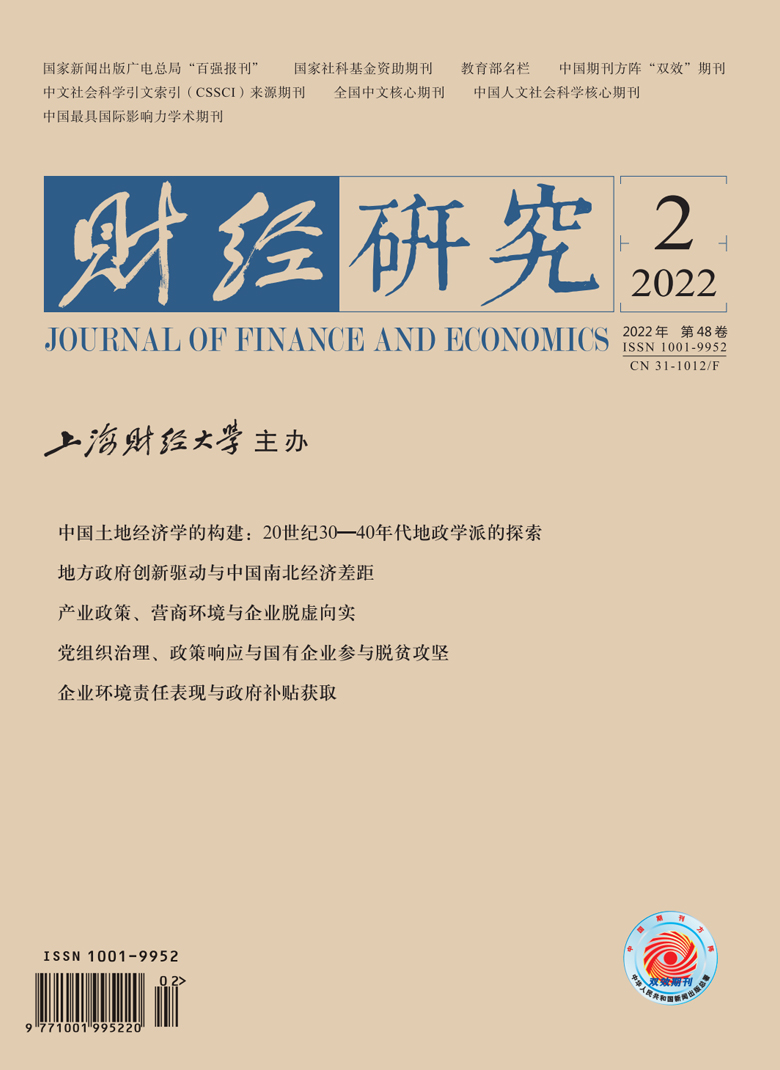In recent years, with the rapid development of the financial capital market, the virtual economy has become more and more detached from the real economy for self-circulation. The national economy has gradually shown a clear trend of shifting from real to virtual (SFRTV). Since the reform and opening up, industrial policy has been widely used as an important means of national macro-control to guide the direction of national industrial development and promote the sustained and healthy development of the national economy. Therefore, scientific evaluation of the impact of industrial policy on enterprises shifting from virtual to real (ESFVTR) is of great practical significance for improving the macroeconomic governance system and promoting the high-quality development of China’s economy.
In view of this, based on the data of China’s A-share listed companies from 2011 to 2019, and considering both changes in financial assets and industrial assets, this study reconstructs the “two-dimensional” index of ESFVTR, and tests the impact of the “Five-Year Plan” industrial policy on ESFVTR. The empirical evidence suggests that as a whole, industrial policy has promoted ESFVTR in related industries. The mechanism test shows that industrial policy can promote ESFVTR through government subsidies and bank credit. However, the positive effect of industrial policy on ESFVTR has weakened in the “13th Five-Year Plan” period, compared with the “12th Five-Year Plan” period. In this process, the improvement of the business environment may have a substitution effect on industrial policy. Heterogeneity analysis shows that the promoting effect of industrial policy on ESFVTR becomes more significant in enterprises with low executive innovation awareness and low product market competition. Finally, distinguishing the configuration period of financial assets finds that industrial policy plays a more significant role in promoting the long-term financial assets SFVTR, indicating that industrial policy mainly relies on reducing the “investment substitution” motivation of enterprises to play the role of SFVTR.
The marginal contributions are as follows: Firstly, this paper provides direct evidence that industrial policy affects ESFVTR, and it fills the deficiency of existing literature in the measurement of ESFVTR. Secondly, new findings provide theoretical and empirical evidence for the existence of the positive effect of industrial policy, and also provide reference for optimizing industrial policy design. Thirdly, this paper explores the difference of industrial policy effect on ESFVTR in different planning periods from the time dimension, and further explains it from the perspective of the substitution effect of business environment improvement, which helps to deepen the understanding of the relationship between government, market and enterprise.





 5485
5485  4110
4110

